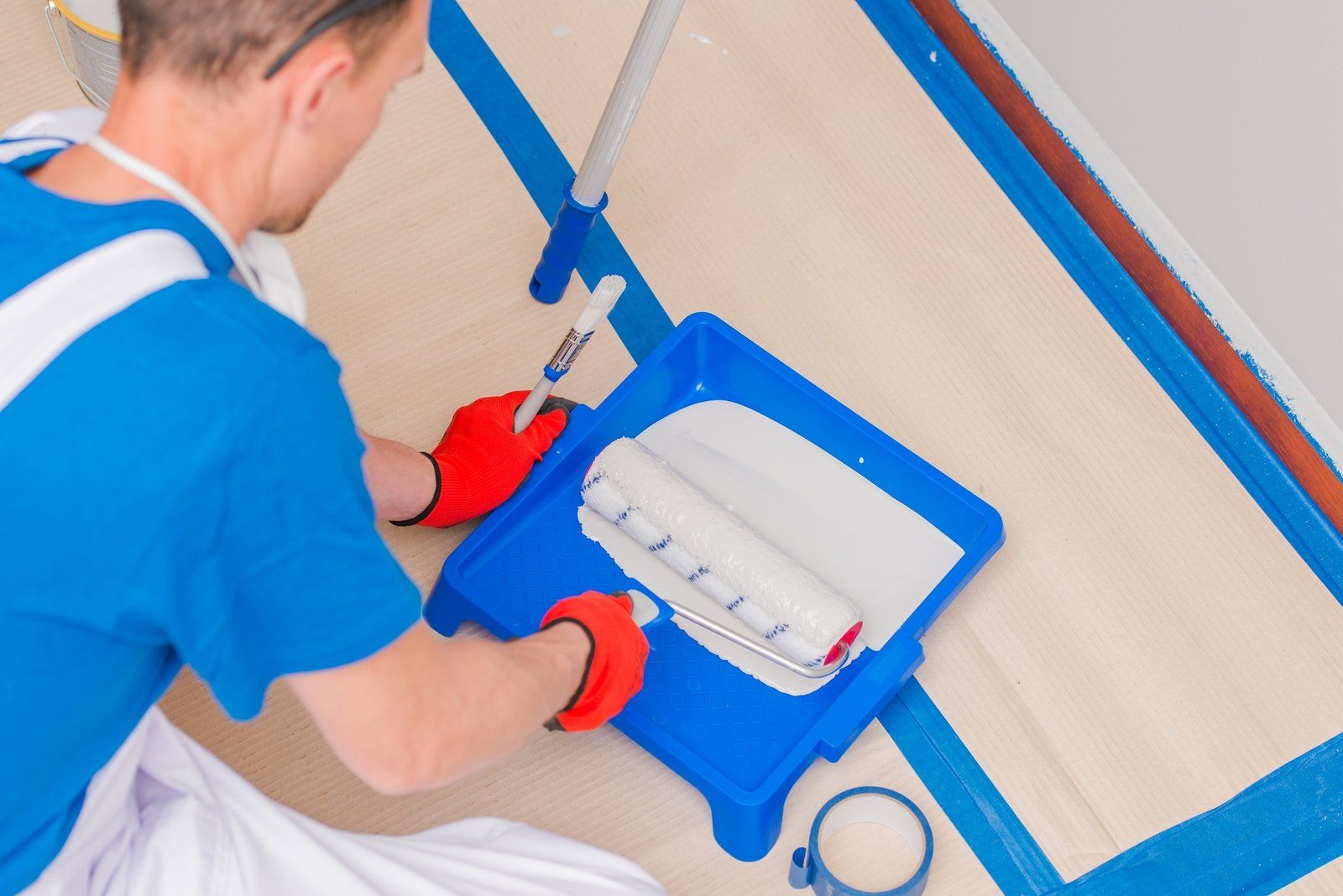Interior Painting
Since many paints are produced for various uses, they all have their own unique set of characteristics. To resist mildew and fading, outside paint is specially prepared. Paint for the inside of a building is specially formulated to be easy to clean and stain resistant. The same standard components are used to make every kind of paint. Resins, additives, solvents, and pigments all fall within this category. With this said, there are a few important facts we feel are vital to share regarding Interior painting.
Interior Paint Qualities
In terms of aesthetics, this paint is mostly used for decorative purposes. Paint not only protects against moisture but also makes cleanup and upkeep a breeze. Unlike other paints, Interior paint can be cleaned with only a damp cloth. Since it is not exposed to direct sunlight, it lacks the ability to resist fading. In addition, it may be treated without exposure to sunshine. Spots and other markings caused by kids and dogs, as well as those made by rollers and brushes, can be removed quickly and effortlessly. All interior paints should contain either very few or no VOCs. This is essential for maintaining good indoor air quality and reducing potential health hazards.
Interior Painting Benefits
A new coat of paint on the inside of your house every few years is a great way to keep it healthy, keep it looking great, and retain or raise its value. Home value can be increased in a wide variety of ways, but one of the easiest and cheapest is just having the walls painted. It's money well spent on one's living space. Various paint colors may evoke different emotions, consult with our color expert if you're having problems deciding which colors would look best in your house. Professional Interior paint protects your walls from everyday wear and tear, such as the scuffs and scratches caused by your furniture, as well as the more serious problems like those caused by curious pets and mischievous youngsters.
Interior Painting Preparations
Ahead of time planning is crucial. Preparing the walls for an interior painting job usually does not need as much time as an exterior painting job since there is less grit and pollution on the walls. However, in homes that are completely furnished, the preparation, such as taking down and rehanging drapes or blinds, might take almost as long as the painting itself. Areas like the kitchen, where food is cooked, may need extra care when it comes to interior painting. Near the stove, grease tends to accumulate. Our team thoroughly cleans the surfaces in question before repainting. When painting a ceiling, a matte finish is recommended since a glossy finish would draw attention to any possible flaws.
Interior Paint Selection
There may be paints for just about every interior surface, but there isn't one that works on everything. Painting on the incorrect surface can cause permanent harm, and the paint may not even stick. Because of advancements in latex paint's resistance to dirt, dampness, and everyday wear and tear, it is no longer necessary to use these paints just in low-traffic areas. A part of one's own aesthetic preferences, gloss should be considered while choosing an interior paint. The gloss of the coating you purchase will have an effect on both its visual appeal and its capacity to withstand wear and tear, regardless of the kind of coating you choose with. Therefore, high-gloss paints are best for use in these settings: kitchens, bathrooms, doors, and windows. Last but not least, flat paint is often used to coat interior walls and ceilings because it provides an attractive, low-glare finish that is easy to maintain with periodic washing.


